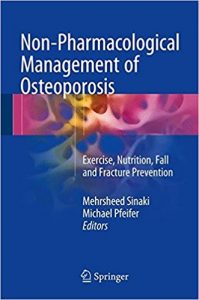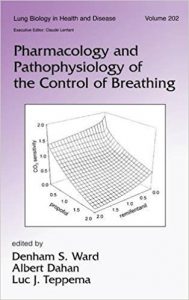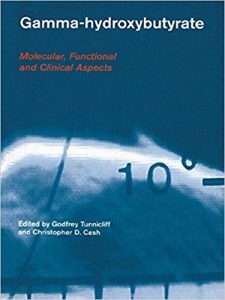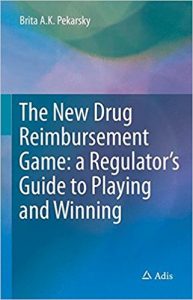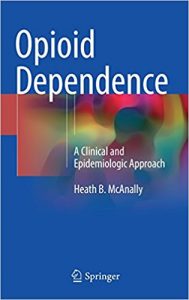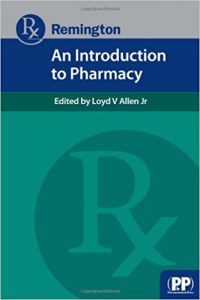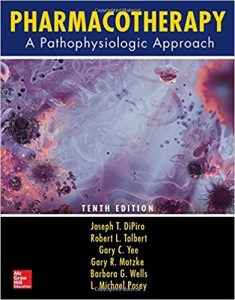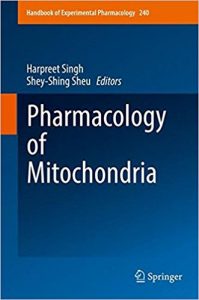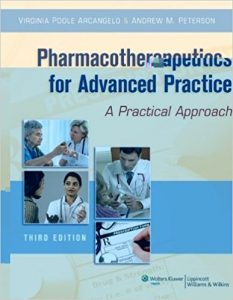
[amazon template=image&asin=1451111975]
Established in its first two editions as the standard advanced pharmacotherapeutics text for nurse practitioners, students, and physician assistants this completely revised and updated new edition offers guidelines on prescribing drugs for over 50 common diseases and disorders. Organized by disorder rather than drug class this new edition includes algorithms and case studies that illustrate critical thinking aspects of prescribing, such as drug selection, lifespan considerations, therapeutic drug monitoring, adverse reactions, unexpected outcomes, and when to change therapy. The third edition includes coverage of pharmacogenomics and travel medicine. The section on Depressive Disorders discusses weaning patients from SSRIs and changing from one medication to another. Switching from brand names to generics is dicussed in various chapters.
Make the right drug choices for your patients.
Quick-access format, organized by body system rather than drug class, helps you locate and identify the best drug for a range of common conditions.
Selecting the Most Appropriate Agent sections in each chapter contain information on first-line, second-line, and third-line therapies, with rationales and an algorithm to help you choose the right agent.
Practical case studies, food–drug interactions, and concerns related to the geriatric client enhance your clinical judgment and promote safe and effective prescribing choices.
Current national treatment protocols and other guidelines help you refine drug selection, treat patients across the lifespan, accurately monitor drug therapy, avoid adverse reactions, and know what to do when front-line therapy fails to produce results.
NEW to the Third Edition . . .
Chapter on Pharmacogenomics that discusses the promises and pitfalls of this burgeoning area of study, from potential research and clinical applications to the importance of protecting patients’ genetic information from misuse
Travel Medicine chapter that includes information on vaccinations, altitude sickness, and jet lag; advice for travelers with diabetes, those with cardiovascular or pulmonary conditions, and pregnant travelers; information about bedbugs, traveler’s diarrhea, malaria, and yellow fever; and more
Reorganization of contents to group chapters concerning women’s health issues into a new Women’s Health section
New focus on switching from brand-name to generic drugs in various chapters
DOWNLOAD THIS BOOK FREE HERE
